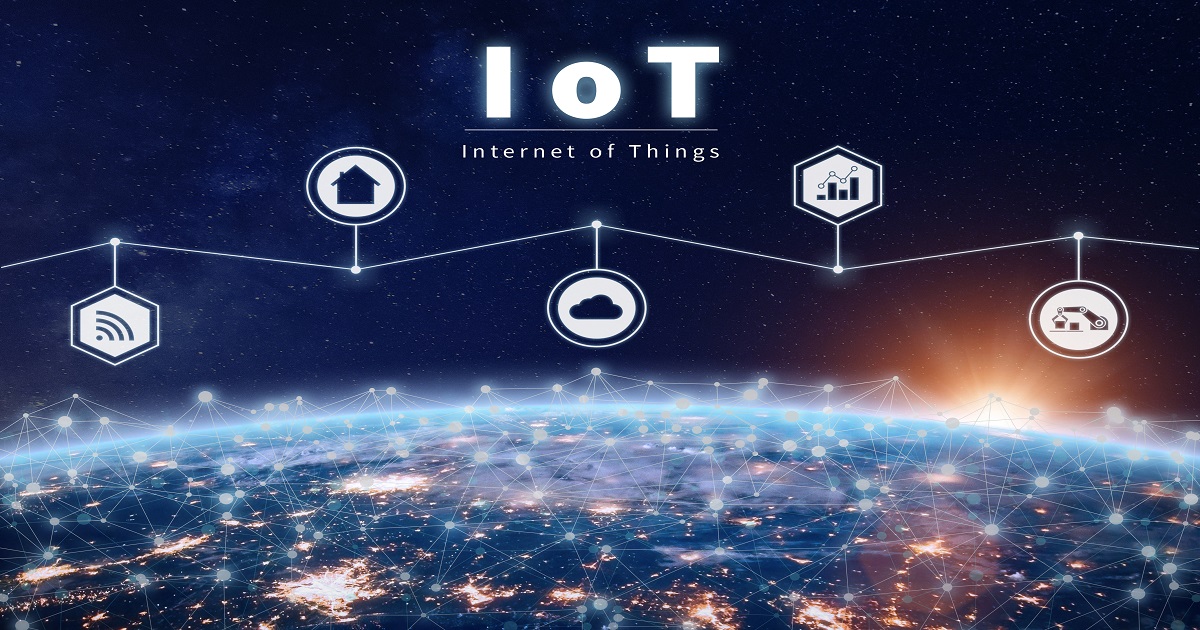
The Satellite Internet of Things (IoT) industry is ready to skyrocket. With industry projections expecting connection revenue to jump from $2.2 billion in 2022 to $7.8 billion by 2030, the market is preparing for a period of unprecedented growth and evolution -- just in time for an emerging range of IoT use cases and depolyments.
The Accelerating Pace of Growth
The trajectory of the industry's growth is being influenced by a confluence of several factors. One of the most significant catalysts is the declining cost of satellite launches. The advent of reusable rocket technology has revolutionized the economics of space exploration. Major players like SpaceX have made the technology mainstream, significantly driving down the costs associated with launching satellites. Coupled with the increased competition in the space launch services industry, particularly from emerging space nations like China, the financial barriers to satellite launches have been dramatically reduced.
This new economic landscape has paved the way for a fresh wave of Small Satellite (SmallSat) operators to enter the market. Companies such as Swarm Technologies, Kepler, FOSSA Systems, Sateliot, Lacuna Space, HEAD Aerospace Group, and Totum Labs are challenging the status quo, previously dominated by traditional incumbents like Inmarsat, Iridium, ORBCOMM, and Globalstar. Armed with their innovative low-cost and low-power satellite connectivity offerings, these new entrants are disrupting the Satellite IoT industry and presenting a more affordable solution for end customers.
In the past four years, at least 13 start-ups and seven incumbent satellite operators have announced plans to deploy or have commercially launched satellite IoT networks that promise to deliver low-power, low-cost connectivity to IoT devices directly from space. Unlike terrestrial networks that cover only about 15-20% of the planet’s surface, satellite networks can provide coverage to nearly all of the Earth’s surface and help accommodate the increasing IoT connectivity needs in isolated or inaccessible areas.
Additionally, the rise of CubeSat technology has facilitated quick and cost-effective deployment of new Low Earth Orbit (LEO) satellites. CubeSats can be rapidly built with standard off-the-shelf components, making it easier and more affordable to deploy satellites that can provide IoT connectivity.
The influence of these trends is expected to be so profound that industry experts predict the total satellite IoT connections to surge from 10.4 million in 2022 to an impressive 27.0 million by 2030.
Unleashing the Potential of Satellite IoT
The potential applications and benefits of Satellite IoT are as vast as the cosmos itself. This technology is primed to be a game-changer for industries that require global IoT connectivity.
Key sectors like agriculture, utilities, and environmental monitoring stand to benefit significantly from this technology. Fleet management and condition-based monitoring (CBM) applications, which are often situated in remote areas bereft of reliable terrestrial cellular connectivity, can now enjoy consistent and dependable connectivity through Satellite IoT.
For instance, maritime vessels and aircraft, which frequently operate outside the reach of terrestrial networks, can rely on satellite IoT for constant connectivity. Similarly, farmlands located in remote regions, utility network pipelines traversing isolated areas, and environmental monitoring devices installed in inaccessible locales can maintain their connections to the digital world through satellite IoT.
The practical applications of this technology are already being realized. Energy giant Shell has entered into a partnership with Hiber for a satellite-based oil well monitoring solution. Meanwhile, Wyld Networks is providing a satellite-based infrastructure monitoring solution for a Middle Eastern water utility provider. These early implementations underscore the immense potential and practicality of satellite IoT solutions.
A New Era of Integrated Connectivity
In a significant shift, traditional terrestrial network players are increasingly turning to satellites to complement and enhance their terrestrial IoT service offerings. This trend signifies a recognition of the value and potential of Satellite IoT to extend the reach and reliability of IoT services – and the increasing demand for them.
For instance, Deutsche Telekom announced a partnership with satellite firms Intelsat and Skylo. These alliances are set to provide global connectivity for IoT devices, merging the strengths of terrestrial and satellite networks. In a similar vein, Telefónica is collaborating with Sateliot to trial seamless connectivity for IoT devices across both terrestrial and satellite networks. These strategic relationships represent the future of integrated connectivity, uniting the capabilities of terrestrial and satellite networks.
With the advent of cheaper satellite launches, the development of standardized SatCom protocols, and a growing demand for global IoT connectivity, the satellite IoT market is, indeed, poised for significant growth.
However, satellite IoT connectivity is still a small fraction of the global satellite connectivity market, making up only 2% of revenues. The majority of satellite revenues today still come from voice communications for remote workers and first responders, and internet connectivity services for consumers and businesses in remote areas. Despite this, satellite IoT connectivity revenues are growing 14 times faster than traditional satellite connectivity revenue, signaling a promising future.
Incumbent satellite operators such as Inmarsat, Iridium, ORBCOMM, and Globalstar currently contribute to more than 80% of global satellite IoT connectivity revenues. However, the many emerging start-ups offering low-power and low-cost IoT connectivity through smaller LEO satellite constellations are expected to gain ground and account for approximately 20% of the global market by 2026.
Edited by
Erik Linask





